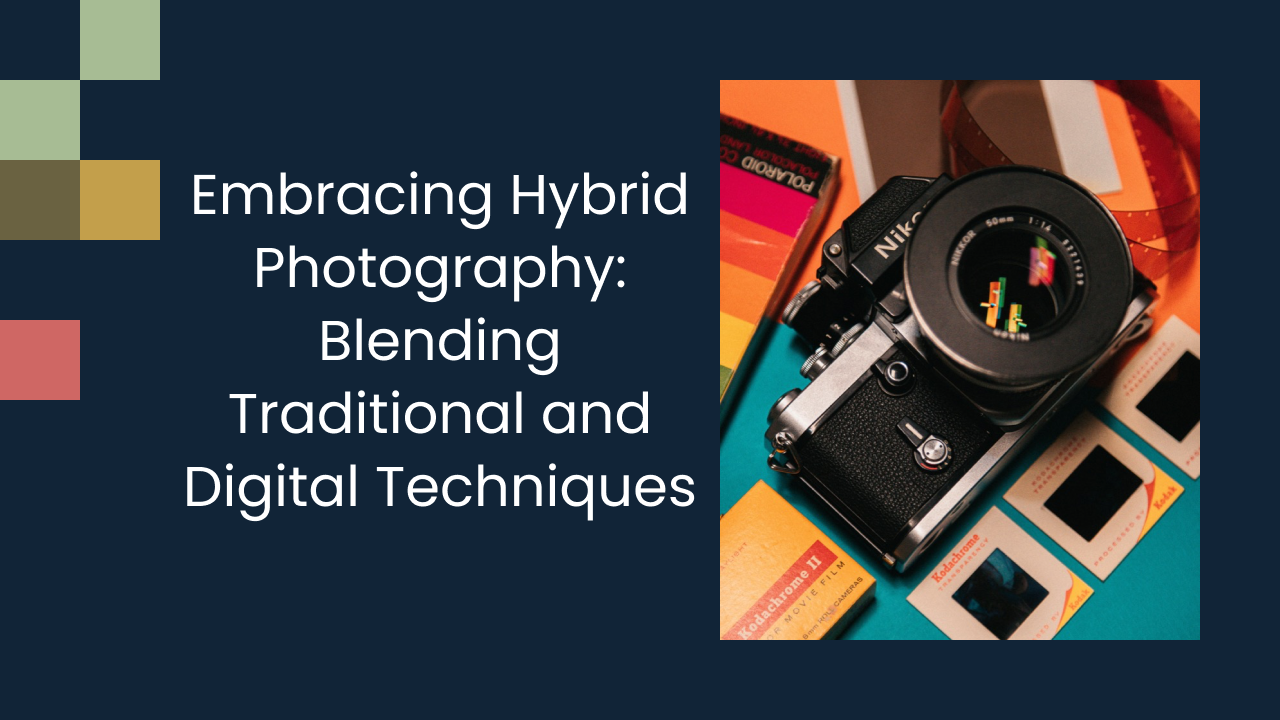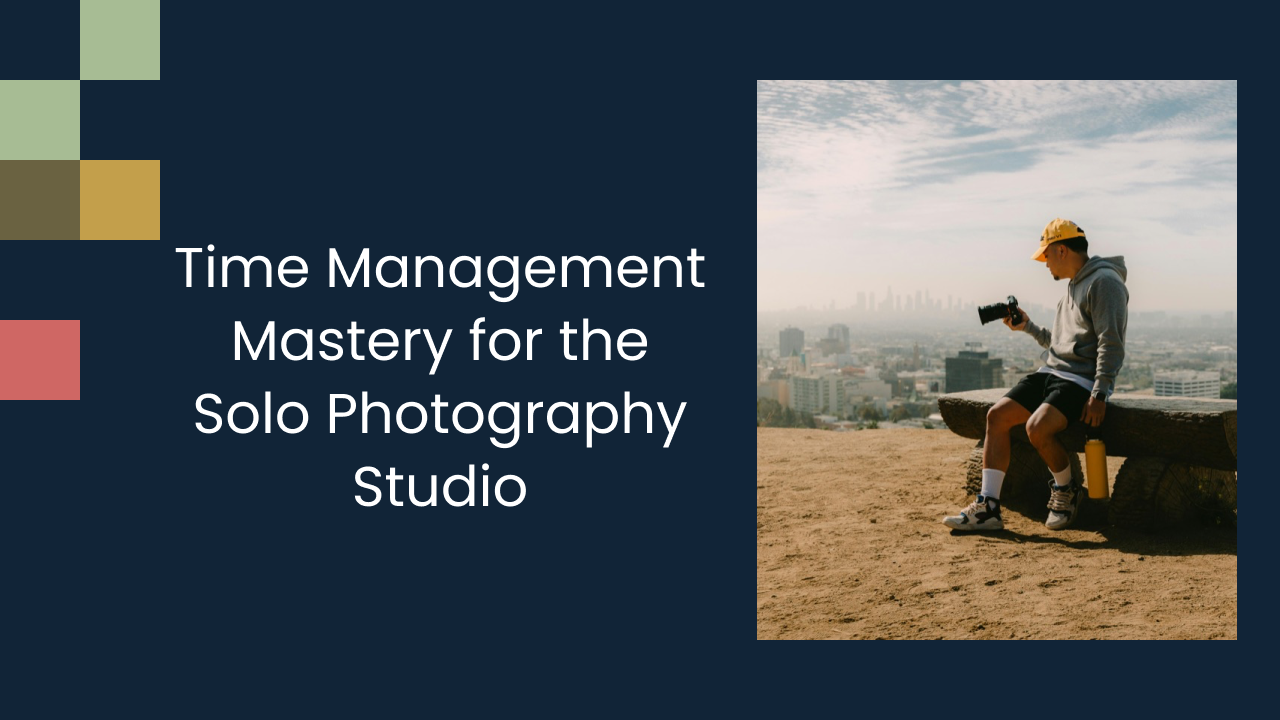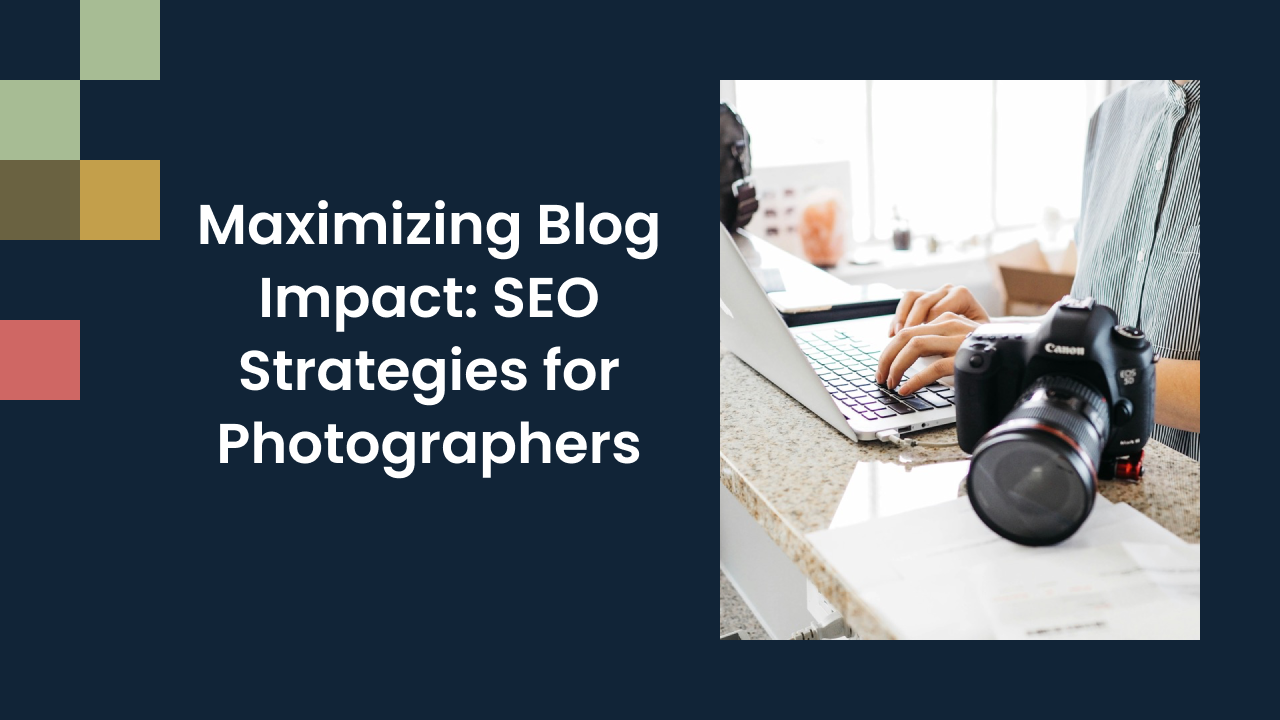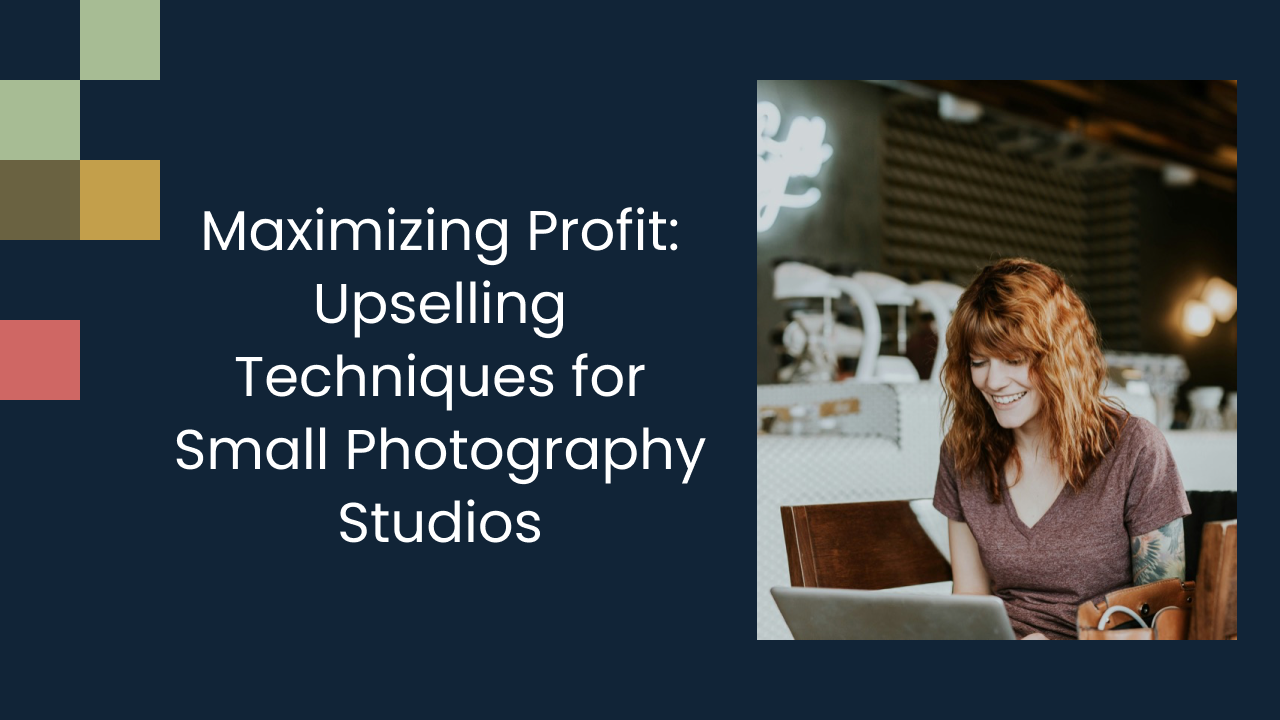Embracing Hybrid Photography: Blending Traditional and Digital Techniques

In today's digital age, photography has undergone a significant transformation. With the advancement of technology, traditional photography techniques have merged with digital methods to create a new form of art - hybrid photography. This article explores the concept of hybrid photography, the tools and techniques involved, and the future of this exciting field.
Understanding Hybrid Photography
Before delving into the world of hybrid photography, let's first define what it is. Hybrid photography is the art of combining traditional analog photography techniques with digital technology. It embraces the best of both worlds, blending the charm and authenticity of film photography with the flexibility and convenience of digital editing.
The Evolution of Hybrid Photography
Hybrid photography originated in response to the growing demand for the aesthetic qualities of film photography while harnessing the convenience and versatility of digital methods. It evolved as photographers sought to bridge the gap between the traditional and the modern, creating unique and captivating visual narratives.
The Rise of Hybrid Cameras
One of the key components that propelled the popularity of hybrid photography is the development of hybrid cameras. These innovative devices are designed to seamlessly integrate both film and digital capabilities, offering photographers the freedom to experiment with different techniques without the need for multiple cameras.
Exploring Creative Possibilities
Hybrid photography opens up a world of creative possibilities for photographers. By combining the timeless look of film with the advanced editing tools of digital photography, artists can create stunning images that evoke nostalgia while maintaining the precision and control of modern technology.
The Intersection of Traditional and Digital Techniques
The Role of Traditional Photography in the Digital Age
In an era dominated by digital cameras and smartphones, traditional photography still holds its ground. The tactile experience of shooting with film, the anticipation of developing the rolls, and the joy of holding a printed photograph in your hands are irreplaceable. Traditional photography brings a sense of nostalgia and authenticity that digital cannot replicate.
How Digital Techniques Enhance Traditional Photography
However, digital technology has revolutionized the way we capture and process images. Digital cameras offer immediate feedback, allowing us to experiment and adjust settings on the fly. Furthermore, digital editing software provides endless possibilities for enhancing and manipulating images, opening up a new world of artistic expression.
Exploring the Art of Hybrid Photography
One fascinating development in the realm of photography is the emergence of hybrid techniques that combine traditional and digital methods. Some photographers have started using film cameras to capture images, only to digitize them later for editing and sharing online. This blend of old and new technologies creates a unique aesthetic that resonates with both purists and tech enthusiasts.
The Evolution of Printing Technologies
Another aspect to consider is the evolution of printing technologies in the digital age. While traditional darkroom printing techniques are still cherished by many, advancements in digital printing have made it easier than ever to produce high-quality prints from digital files. This convergence of traditional craftsmanship and modern convenience offers photographers a diverse range of options for showcasing their work.
Tools and Equipment for Hybrid Photography
Essential Gear for Hybrid Photography
When venturing into hybrid photography, it's crucial to have the right equipment. A reliable digital camera with manual controls enables you to capture images in a way that replicates the traditional photography experience. Additionally, investing in a film camera allows you to embrace the unique qualities of film and experiment with different film stocks.
Software and Applications for Digital Enhancement
To fully embrace hybrid photography, you'll need to equip yourself with digital editing software and applications. Programs like Adobe Lightroom and Photoshop offer powerful tools for fine-tuning your images, replicating film looks, and merging digital and analog aesthetics seamlessly.
Hybrid photography opens up a world of creative possibilities by combining the best of both digital and film photography. With a digital camera, you have the convenience of instant feedback and the ability to shoot hundreds of photos without worrying about film costs. On the other hand, using a film camera can add a nostalgic and tactile element to your work, with each frame requiring thoughtful composition and exposure settings.
When shooting in a hybrid style, consider investing in prime lenses for both your digital and film cameras. Prime lenses offer superior image quality and are ideal for capturing the fine details and textures that make hybrid photography so compelling. Experimenting with different focal lengths can also help you develop a unique visual style that blends the sharpness of digital images with the organic feel of film.
Techniques and Tips for Successful Hybrid Photography
Balancing Traditional and Digital Elements
One of the key challenges of hybrid photography is finding the right balance between traditional and digital elements in your images. Experiment with different combinations of film and digital shots to create a cohesive narrative. Embrace the imperfections and unique characteristics of film while using digital editing techniques to enhance and refine your images.
When combining traditional film with digital photography, consider the storytelling potential that arises from the juxtaposition of these mediums. The tactile nature of film can add depth and emotion to your images, while digital tools offer precision and flexibility in post-processing. By carefully blending these elements, you can create visually compelling narratives that resonate with viewers on multiple levels.
Advanced Techniques for Hybrid Photography
As you become more comfortable with hybrid photography, you can explore advanced techniques to elevate your work further. Double exposures, blending film and digital layers, and experimenting with alternative printing methods are just a few avenues for pushing the boundaries of this artform.
Delve into the world of double exposures to create surreal and dreamlike compositions that transcend reality. By overlaying two or more images onto a single frame, you can craft visually intriguing narratives that challenge conventional perceptions of photography. Additionally, blending film and digital layers opens up a realm of creative possibilities, allowing you to combine the organic textures of film with the crisp details of digital photography.
The Future of Hybrid Photography
Predicted Trends in Hybrid Photography
As technology continues to advance, hybrid photography is expected to gain even more popularity. We can anticipate a growing number of photographers embracing the fusion of digital and traditional techniques, resulting in a wider range of creative possibilities.
The Impact of Technology on Hybrid Photography
The rapid development of technology will undoubtedly shape the future of hybrid photography. Innovations in camera sensors, digital manipulation tools, and fusion of analog and digital processes will continue to push the boundaries of this artform, enabling photographers to create even more mesmerizing and immersive visual experiences.
Furthermore, the integration of artificial intelligence (AI) in photography is poised to revolutionize the way hybrid photography is approached. AI-powered editing tools can assist photographers in seamlessly blending digital and traditional elements, opening up new avenues for creativity and experimentation.
Another significant trend on the horizon is the rise of virtual and augmented reality in hybrid photography. By incorporating VR and AR technologies, photographers can transport viewers into surreal and interactive visual worlds, blurring the lines between reality and imagination.
In conclusion, hybrid photography represents an exciting blend of traditional and digital techniques. It embraces the nostalgia and authenticity of film photography while harnessing the power of digital technology. As photographers continue to push the boundaries of this artform, we can look forward to witnessing the continued evolution and innovation in the field of hybrid photography.




